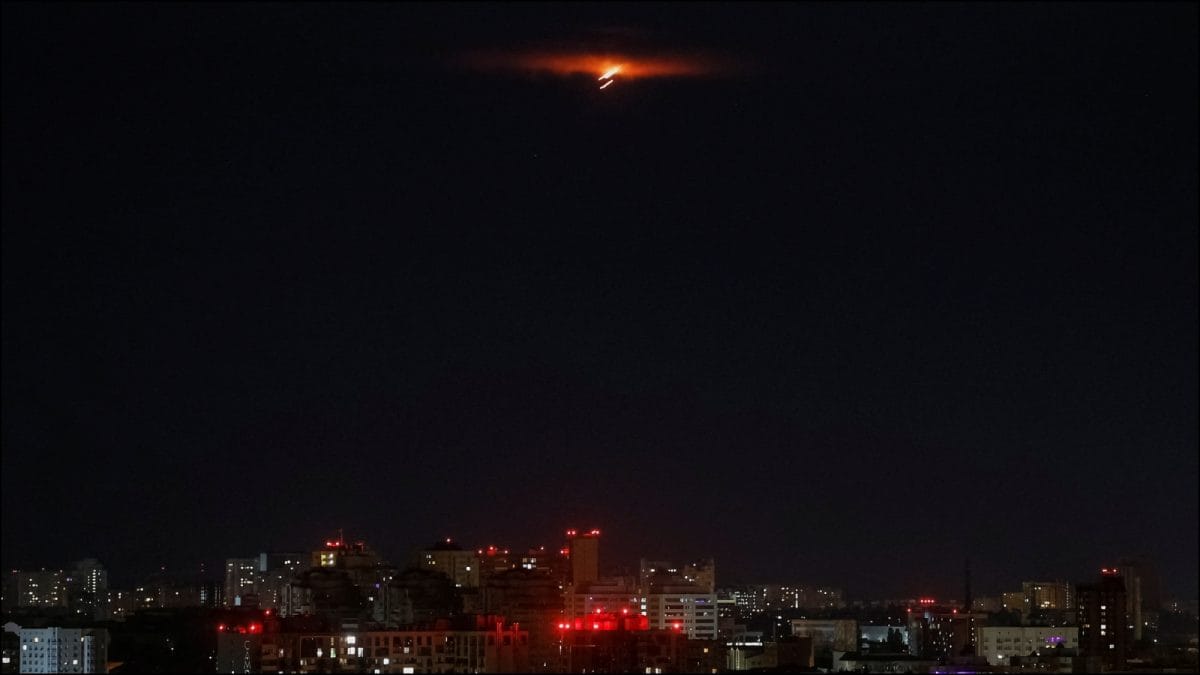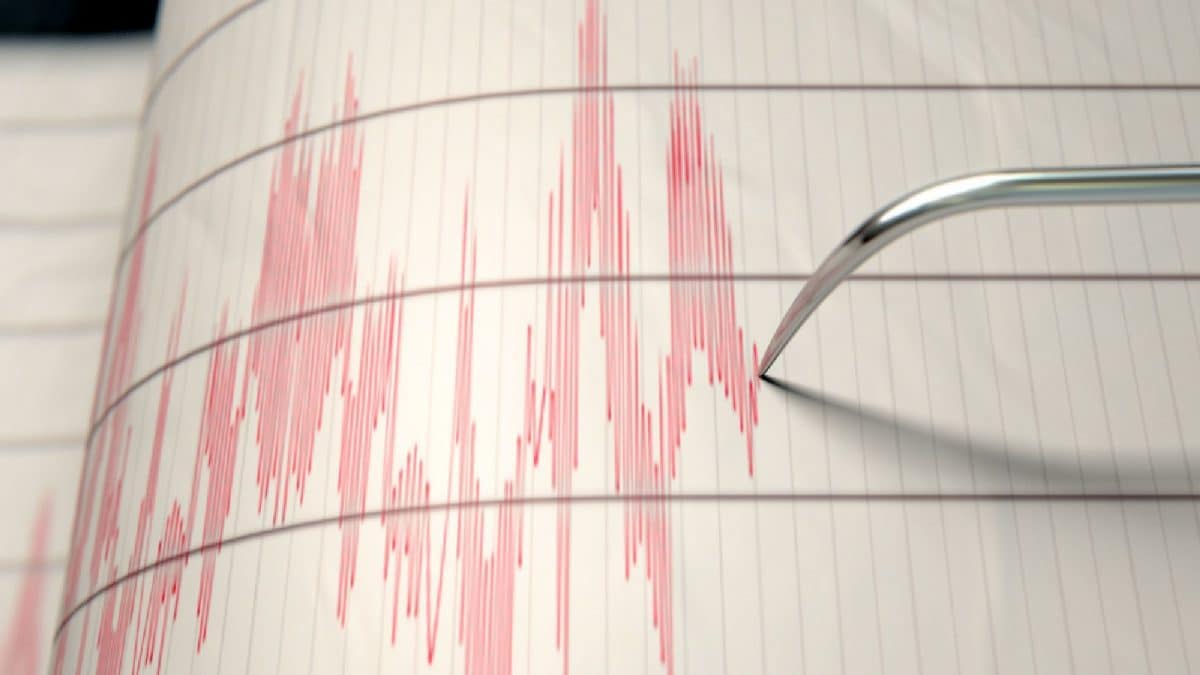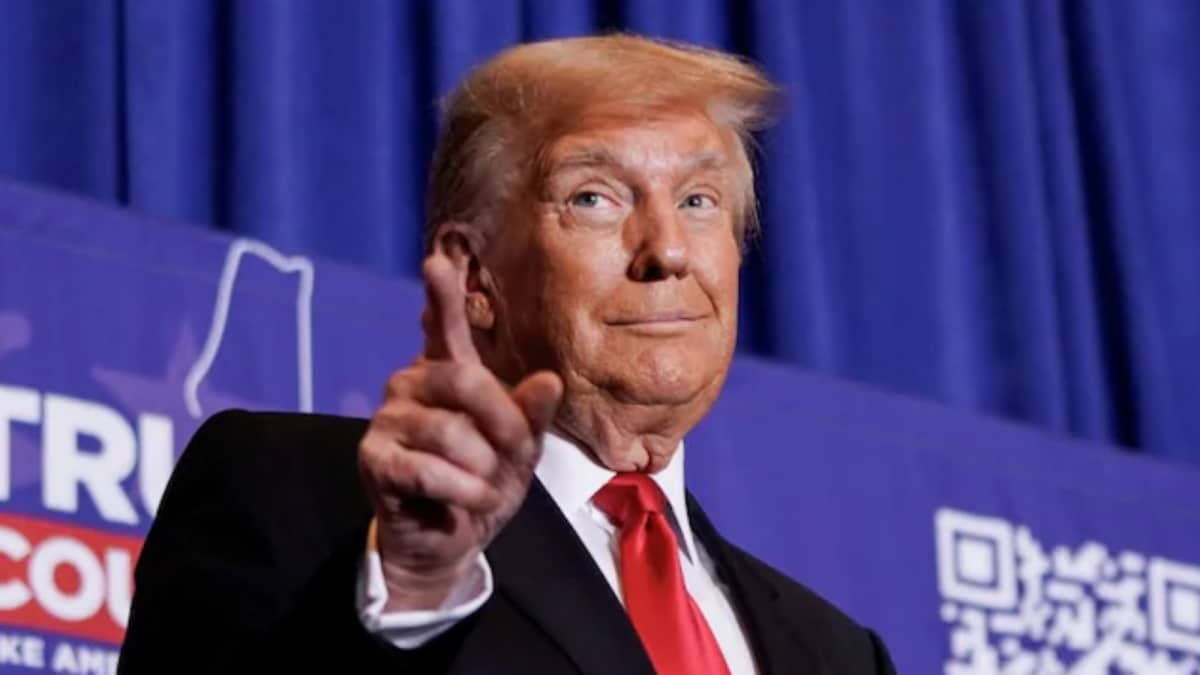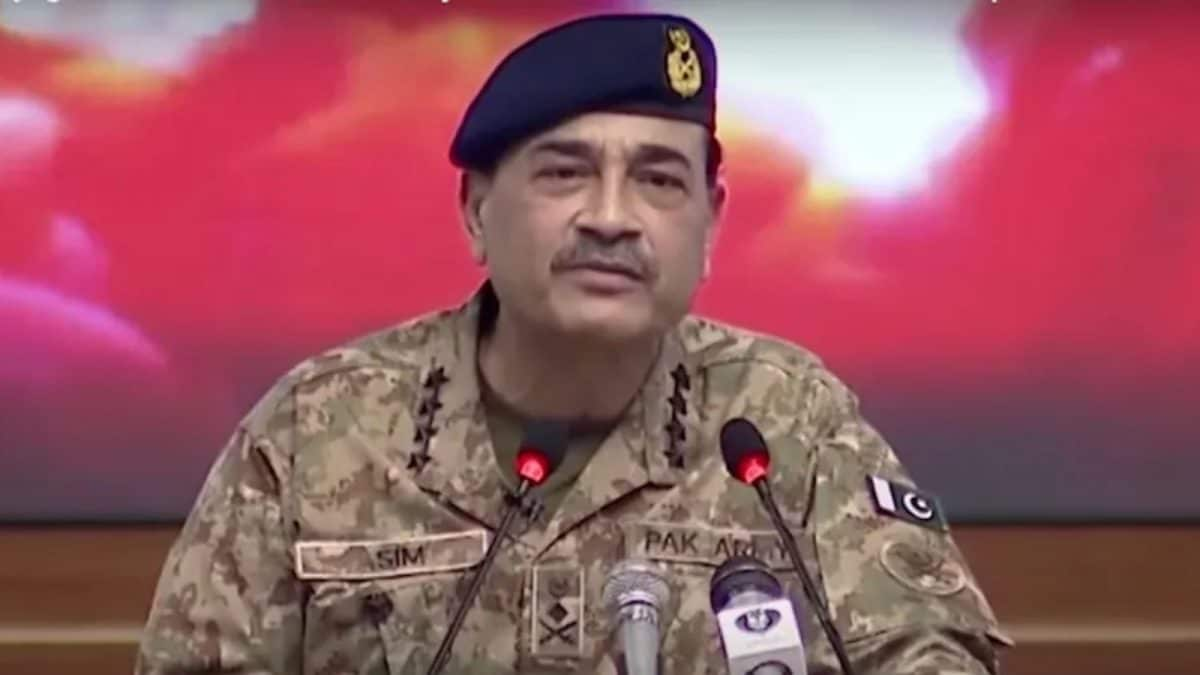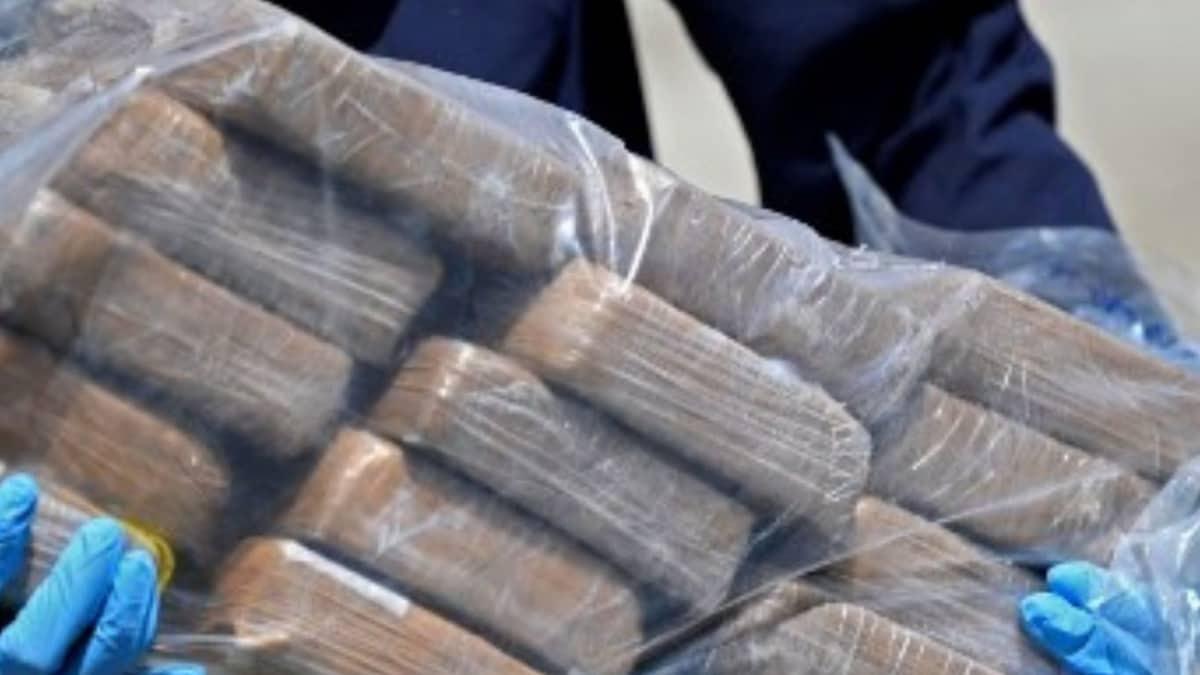Last Updated:May 01, 2025, 17:53 IST
The US sees Pakistan’s nuclear missile program as an emerging threat as they believe it will soon develop missiles that can strike the US mainland.

Pakistani military personnel stand beside a Ghauri nuclear-capable missile during a Pakistan Day military parade in Islamabad. (IMAGE: AFP)
Pakistani ministers this week engaged in nuclear sabre-rattling after accusing India of planning a military incursion. The Pakistani government did not condemn the Pahalgam terror attack, in which terrorists from and trained in Pakistan killed 26 people, many of them tourists in Baisaran, and instead threatened India with nuclear weapons amid rising tensions.
Pakistan retains the option to use nuclear weapons first against non-nuclear military threats. India, on the other hand, follows a No First Use (NFU) policy, which states that it will not use nuclear weapons unless attacked with them first.
Pakistan minister Hanif Abbasi, its ambassador to the US Rizwan Sheikh and defence minister Khawaja Asif — who said Pakistan would use nuclear weapons if “there is a direct threat to its existence" — have all, in both veiled and direct terms, issued nuclear threats to India following the terror attack in Pahalgam.
Sheikh also urged US President Donald Trump to help defuse tensions between both nations (with a veiled nuclear threat) but if a nuclear crisis arises over Kashmir, does the US have a contingency plan to “snatch-and-grab" Pakistan’s nuclear weapons?
A report by broadcaster NBC News from 2011 claims that US officials and armed forces have discussed such a plan in the past. The United States has drawn up contingency plans to secure Pakistan’s nuclear weapons in case of a crisis.
These discussions date back to the administrations of Presidents Bill Clinton and George W Bush and continue to remain a top priority for the US intelligence community and the White House, the report said.
Among the scenarios considered are internal chaos in Pakistan, a terrorist strike on a nuclear facility, an extremist takeover of the military or government, or an outbreak of war with India.
The concern over Pakistan’s arsenal intensified after the 2011 operation that killed Osama bin Laden inside the country, the report added, with many in Washington convinced that a rapid-response plan, often referred to as a “snatch and grab", may be feasible.
Former Pakistan military ruler Pervez Musharraf warned that any such attempt would provoke “total confrontation" with the country. Prominent physicist Pervez Hoodboy also cautioned that it could trigger war and should “never be attempted".
Despite these warnings, the report suggests that the subject has remained active in US security discussions, war games and planning exercises.
Jeffrey T Richelson, an intelligence historian, wrote in his 2009 book Defusing Armageddon about the possibility of a US military mission targeting Pakistan’s nuclear arsenal.
He said the US Nuclear Emergency Search Team along with Joint Special Operations Command could lead such an effort. While exact details remain classified, Richelson cited a 2006 comment by Gen Peter Pace who discussed US operations aimed at preventing nukes from falling into the hands of militants like al-Qaida.
The US concern about Pakistan’s nuclear weapons also resurfaced in December when, at a security forum hosted by the Arms Control Association (ACA), US Deputy Security Advisor Jon Finer said Pakistan was working on advanced missile technology that could one day allow it to strike targets beyond South Asia, including the United States.
“Pakistan, which was granted major non-NATO ally status in 2004, is pursuing increasingly sophisticated missile technology that eventually could enable the country to strike targets well beyond South Asia, including the United States," Finer had said.
Senior US officials have said Pakistan has for years been trying to improve the range and payload capacity of its medium-range ballistic missiles. They believe Pakistan is doing this with support from entities in Belarus and China.
According to them, Islamabad could develop long-range missile capabilities of more than 3,000 kilometres within the next ten years, a report published by the ACA said.
These officials shared this assessment during a January 3 briefing with members of the forum and said Pakistan had rejected American proposals aimed at building trust and transparency.
The US has now imposed new sanctions on a Pakistani state-run organisation as well as companies in Belarus and China that are allegedly providing missile-related equipment to Pakistan. The goal of these sanctions is to slow down the missile programme.
In response, Pakistan said the US comments lacked logic. Pakistani officials insisted their country has never had any hostile intent towards the United States. They said the nuclear and missile systems are meant to deter threats from the region.
However, these experts argued that the idea of needing long-range missiles to counter India does not hold up. Pakistan already has the Shaheen-III missile which was first tested in 2015 and can hit targets up to 2,750 kilometres away. This means it can already reach any location in India.
Pakistan is believed to have around 170 nuclear warheads deployed on short and medium-range missiles. These are considered sufficient to cause devastating damage across the subcontinent.
Location : First Published:News world The US Is Worried About Pakistan’s Nukes, Does It Have A Secret Plan To Grab Them?

 1 month ago
1 month ago

